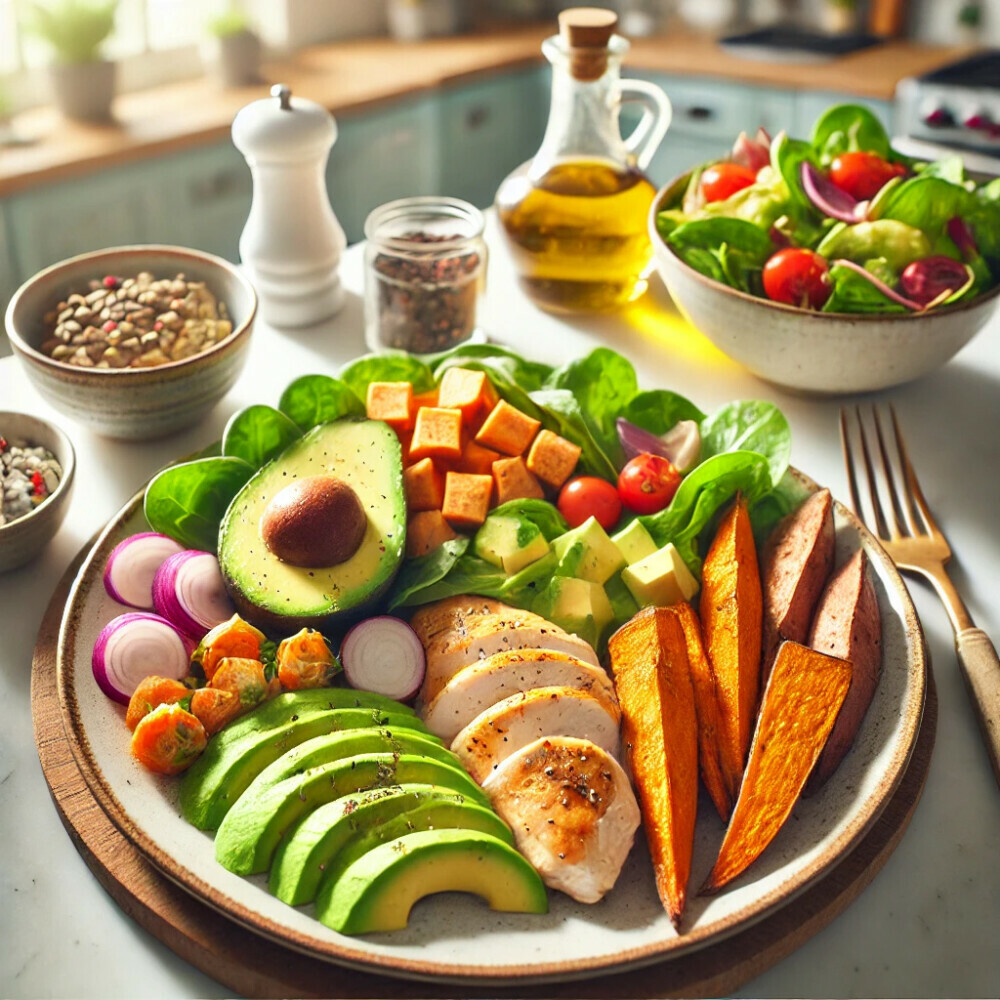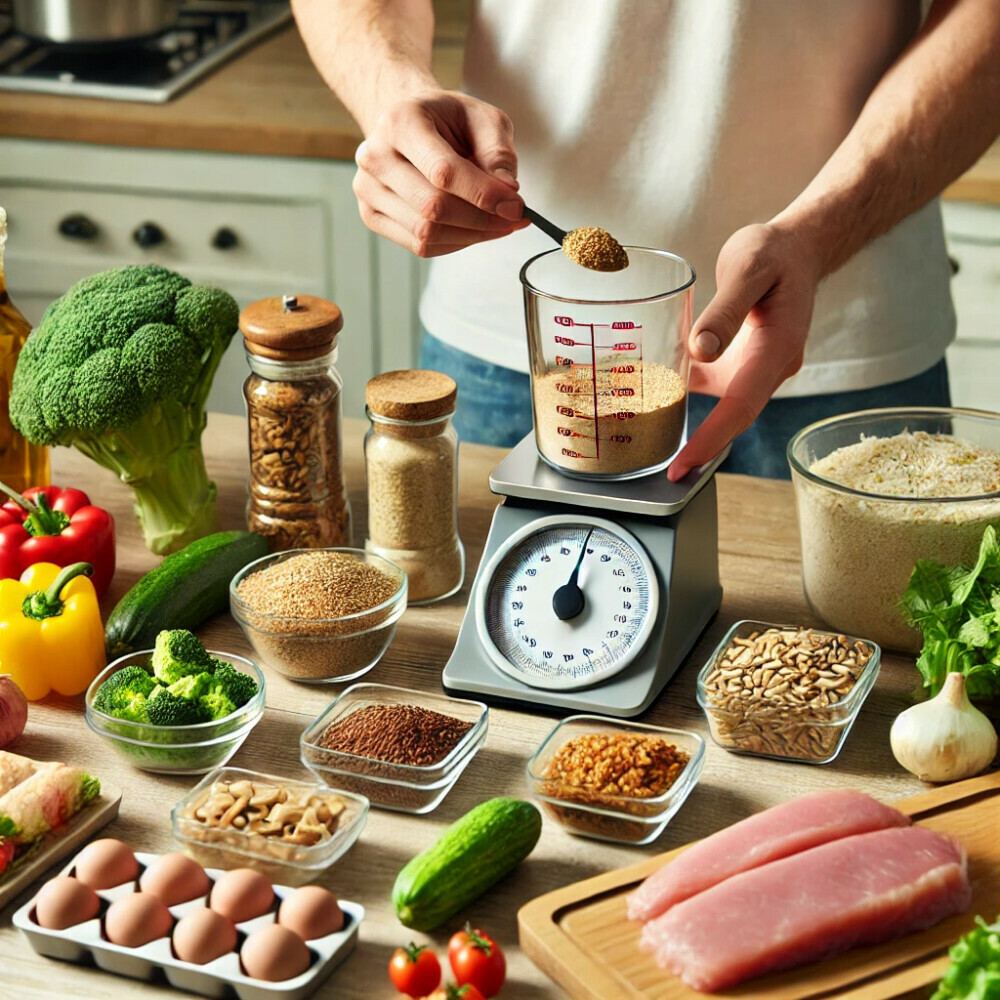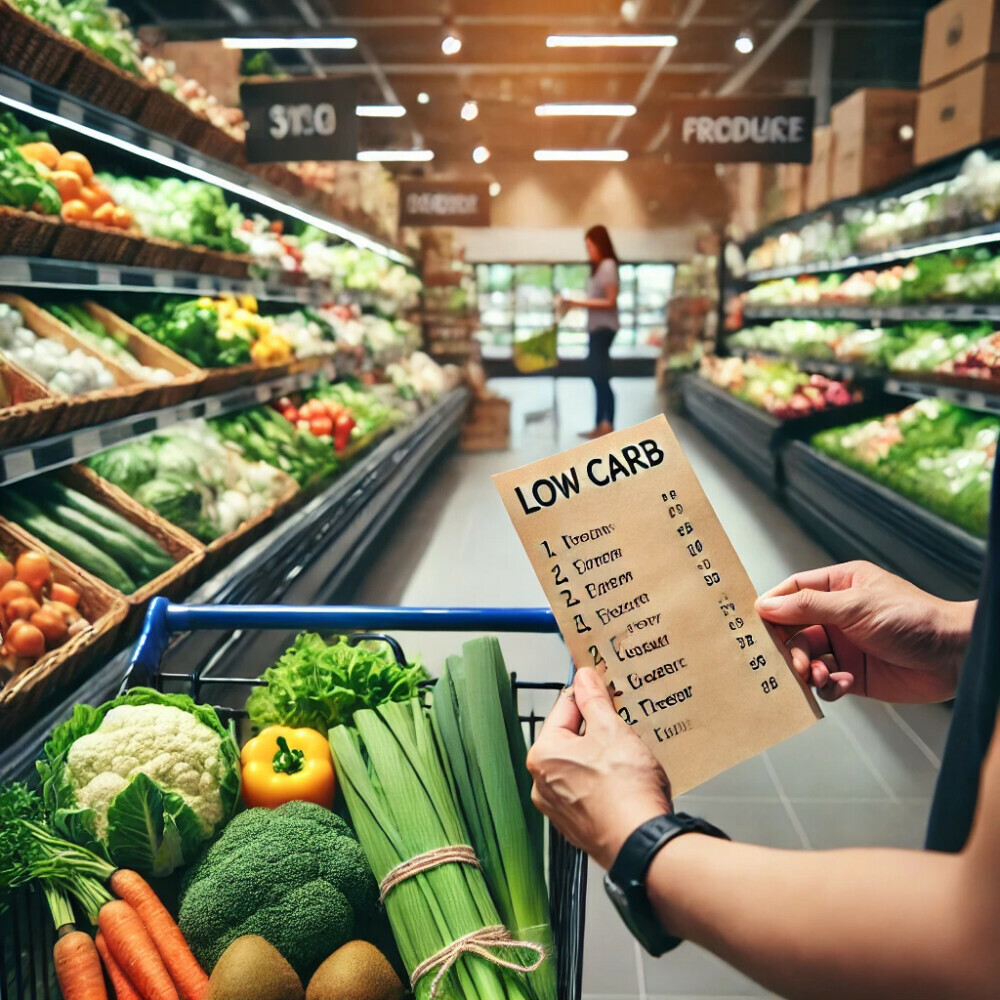Understanding Carbs and Their Impact on Diabetes

We have talked about carbs before. People often automatically assume they can no longer have carbs if they are pre-diabetic or diabetic. It just isn’t true. So what is true regarding carbs and a diabetic? Let’s take a look.
Carbohydrates often get a bad rap when it comes to diabetes, but not all carbs are created equal. Let’s unravel the truth about carbs and their impact on diabetes management and prevention.
Debunking the Myths: Not All Carbs Are Bad
It’s a common misconception that all carbs are harmful, especially for those managing diabetes. However, the type and amount of carbs you consume play a crucial role. Complex carbs, found in whole grains, legumes, and vegetables, provide essential nutrients and fiber. On the other hand, simple carbs, found in sugary snacks and processed foods, can cause rapid spikes in blood sugar levels.
Trust me on this one. I know. I am a big bread eater. I love white bread, toasted, slathered with butter. When I was a kid, this was my go-to snack after school. I would eat four pieces of buttered toast before I went out to do my farm chores. When I was young, I burned up all of that because I worked hard on a farm. But now…that snack would send my blood sugar soaring!
How Carbs Affect Blood Sugar Levels
Carbs break down into glucose, which enters the bloodstream and raises blood sugar levels. The glycemic index (GI) measures how quickly a carbohydrate-containing food raises blood sugar levels. Low GI foods, such as whole grains and legumes, lead to a slower, more controlled rise in blood sugar, making them better choices for diabetes management.
The Role of the Glycemic Index in Selecting Carbs
Choosing carbs with a low glycemic index can help maintain steady blood sugar levels. Foods like oatmeal, sweet potatoes, and most fruits have a lower GI and are better options compared to high GI foods like white bread and sugary cereals. Incorporating these low GI foods into your diet can help prevent blood sugar spikes and crashes.
Complex vs. Simple Carbohydrates: What’s Best for Diabetes Prevention?

Complex carbs are rich in fiber, vitamins, and minerals, making them ideal for diabetes prevention. Examples include brown rice, quinoa, and vegetables. Simple carbs, such as those found in soda, candy, and baked goods, should be limited as they can lead to quick spikes in blood sugar levels.
Designing a Low Carb Meal Plan for Diabetes Prevention
I get so frustrated when I go to the doctor and ask what I can eat. They give me numbers and percentages and grams and things that mean nothing to me. I want to know what foods I can eat and the amount.
I am not afraid of Artificial Intelligence (AI) so I asked ChatGPT to create a menu for the day from breakfast through supper including snacks. Next I asked if it could create it again with the amounts I could eat and how many carbs and calories would be in the meal. I asked my Buddy (ChatGPT) to not include things like tofu and other stuff like that which I do not like. I asked it to include things that I do like.
Creating a low carb meal plan involves balancing your plate with proteins, fats, and low glycemic carbs. Proteins and fats help slow down the absorption of glucose, leading to more stable blood sugar levels. Here’s how you can design a meal plan:
Breakfast: Start your day with a veggie omelet paired with avocado slices and a small serving of berries.
Lunch: Opt for a grilled chicken salad with a variety of vegetables, topped with olive oil and vinegar dressing.
Dinner: Enjoy baked salmon with a side of quinoa and steamed broccoli.
Snacks: Choose nuts, seeds, or Greek yogurt to keep hunger at bay without spiking your blood sugar.
Because I like specifics, I would naturally ask Buddy to give me amounts. Like can I have 2 or 3 eggs in the omelet? Things like that.
I also ask Buddy to create a shopping list for me because that way I don’t even have to break down what things I need to buy. It will be all figured out from the amount of eggs I need to buy down to the types of seeds or nuts to buy.
Balancing Your Plate: Proteins, Fats, and Low Glycemic Carbs

A balanced plate should include a mix of proteins, healthy fats, and low glycemic carbs. For example, a dinner plate might feature grilled chicken (protein), avocado (healthy fat), and a side of roasted sweet potatoes (low glycemic carb).
The Importance of Fiber in a Low Carb Diet
Fiber is a crucial component of a low carb diet, especially for those managing diabetes. It slows the absorption of sugar, helping to control blood sugar levels. Foods rich in fiber include vegetables, fruits, legumes, and whole grains. Including these in your diet can improve digestion and help maintain a healthy weight.
Incorporating Variety to Prevent Boredom and Nutritional Deficiencies
Variety is key to preventing boredom and ensuring you get a wide range of nutrients. Rotate your food choices and experiment with different recipes. Try a new vegetable each week or explore different ways to prepare your favorite proteins. This not only keeps meals interesting but also ensures you get a balanced intake of essential vitamins and minerals.
This is also why I like using ChatGPT to create the meal plans for me. I can instruct it to use different foods and meal plans so I am not eating the same thing all of the time. You can use the free version of ChatGPT to create these menu plans and shopping lists.
Understanding Portion Sizes and Their Importance
Portion control is vital in managing diabetes. Even healthy foods can lead to blood sugar spikes if consumed in large quantities. Use measuring cups or a food scale to keep portions in check. For example, a serving of cooked quinoa is about ½ cup, while a piece of fruit should be roughly the size of your fist.
I am not good at measuring things, but Buddy helps take the guesswork out of portion sizes. You can make it tell you pretty specifically how much you can have of each thing. I love ChatGPT for that reason. It just makes it so easy.
Weekly Low Carb Menu Planning with ChatGPT

Planning your weekly menu can be a breeze with ChatGPT’s assistance. By providing your dietary preferences and nutritional needs, ChatGPT can generate customized low carb meal plans.
Example Menu:
- Monday: Grilled chicken with roasted Brussels sprouts and a side salad
- Tuesday: Turkey lettuce wraps with avocado and salsa
- Wednesday: Baked cod with a quinoa and kale salad
- Thursday: Beef and vegetable stir-fry with cauliflower rice
- Friday: Shrimp and vegetable skewers with a mixed greens salad
Customizable Low Carb Meals for Individual Needs
Everyone’s dietary needs are unique, and ChatGPT can help tailor meals to your specific requirements. Whether you need to avoid certain foods due to allergies or prefer vegetarian options, the meals can be adjusted accordingly.
How to Sequence Meals for Optimal Blood Sugar Control
Eating meals at regular intervals and combining protein, fat, and fiber can help maintain stable blood sugar levels. Start with a fiber-rich vegetable, followed by a protein source, and finish with a small portion of low glycemic carbs. This sequence helps slow the absorption of glucose, preventing sharp spikes.
Utilizing Leftovers Efficiently to Minimize Food Waste
Leftovers can be a lifesaver for busy days. Plan meals that can be easily repurposed. For example, leftover grilled chicken can be added to a salad or used in a stir-fry. This not only saves time but also minimizes food waste.
Creating Your Shopping List and Sticking to Your Plan
A well-planned shopping list is essential for sticking to your low carb meal plan. Include items from each food group to ensure balanced meals. For example, list lean proteins like chicken and fish, healthy fats like avocados and nuts, and low glycemic carbs like vegetables and quinoa.
Are Carbs the Problem? Educated Grocery Shopping for Diabetes Prevention
Educated grocery shopping involves understanding which carbs are beneficial and which to avoid. Focus on whole, unprocessed foods with low glycemic indexes. Read labels carefully to avoid hidden sugars and unhealthy additives.
Leveraging Technology: ChatGPT-Generated Shopping Lists
ChatGPT can generate a comprehensive shopping list based on your meal plan, making grocery shopping easier and more efficient. This helps ensure you have all the ingredients you need while avoiding unnecessary purchases.
Since ChatGPT doesn’t know what I already have in stock, I simply have Buddy make up the shopping list for the menu plan and then go through the list and mark off the things I already have in stock.
The Importance of Planning Ahead for Success

Planning your meals and snacks ahead of time sets you up for success. Prepare meals in advance and store them in portion-sized containers. This reduces the temptation to grab unhealthy options when you’re hungry.
Tips to Avoid Impulse Buys and Unhealthy Food Choices
Stick to your shopping list and avoid grocery shopping when you’re hungry. Stores are designed to encourage impulse buys, especially in the checkout line. Stay focused on your list and choose whole, nutritious foods to support your diabetes management goals.
By understanding carbs and their impact on diabetes, you can make informed choices to manage your blood sugar levels effectively. Designing a balanced, low carb meal plan, utilizing technology like ChatGPT for menu planning and shopping lists, and sticking to your plan can help you achieve better health and prevent diabetes complications.

